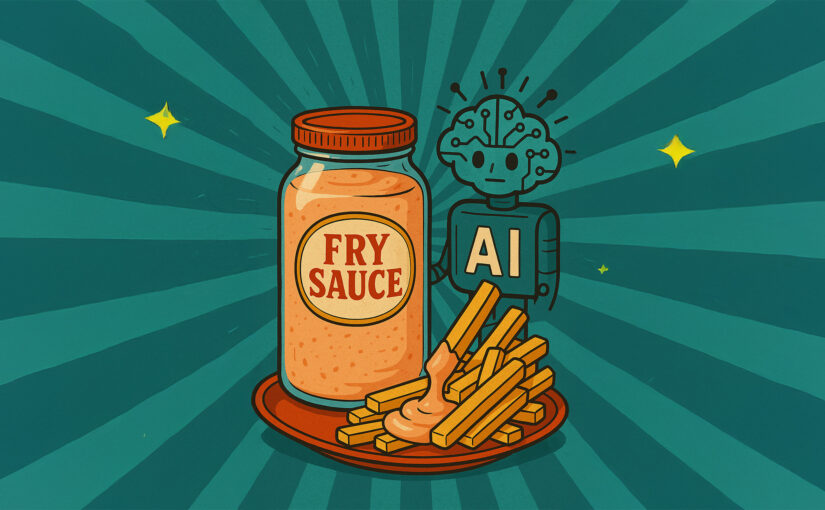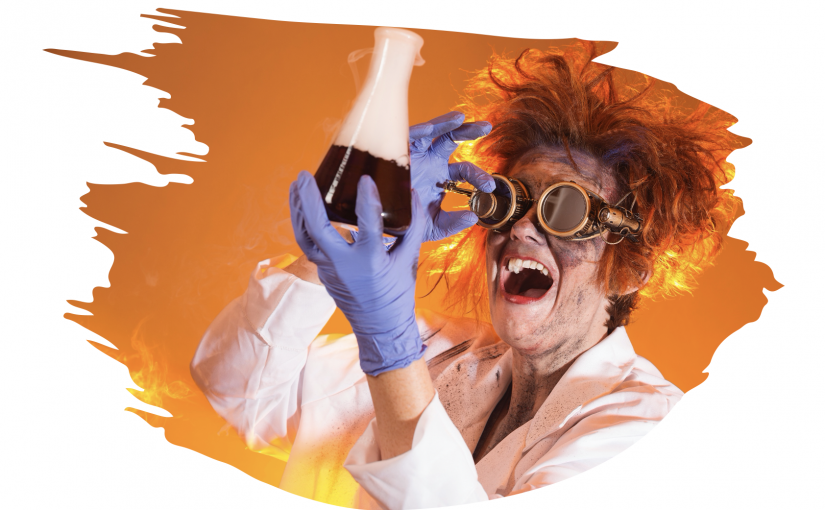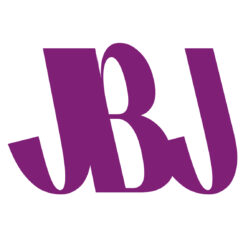So good to see you! Welcome to the digital experience microcosm that is my world.
As a Director of Digital Experience, my work centers on directing and mentoring a team that includes specialists on GEO/SEO, content, information architecture, UX / UI, CRO, and personalization; strategizing and executing projects aligning with business goals, a few of which involve our content management system, targeted conversion optimization, and tracing user journeys; and reporting out on outcomes and insights, including conversions.
I’m here to consult, guest lecture, research, analyze, and/or post content, and generally explore the quirks of life.
Nice Things People Seem to Genuinely (?!) Think About Me
You are a boss. Way to keep it moving forward, sharing the process and helping them see they need to get version 1 so they can iterate and improve.
—Bert Compton, Director Digital Strategy
Blog: Tiny Desk Thoughts
Explore the corners of my world
-
Zhuzh & Secret Sauce—Thoughts Around AI We’re All Thinking (But Not Saying)

These thought threads are not going to be speculation on a dystopian future (if you haven’t read your sci-fi, time to get an AI summary of the classics) but rather a questioning. Like the quickening (the acceleration of the pace of change), the rate at which I question what happens around me is accelerating. Does…
-
AI Use: Your Thoughts & Feelings

Polling all colleagues and friends! Calling you here to serve up the results of the questionnaire you so kindly responded to about the one, nay—the many, data-slayer: artificial intelligence (AI). (And even more specifically generative AI.) Impetus The original impetus for this poll was a panel that I participated in at the Healthcare Internet Conference,…
-
Autopsy of a Content Strategy

The Medical Content Examiner’s Report *** Ladies, Gentlemen, Non-Binaries, Perhaps a proper report shouldn’t start in epistolary format, but I feel that my presentation at the 2021 Healthcare Internet Conference was really a love letter to my work over the last couple years. Mind you that work is not over, but still it’s been and…

